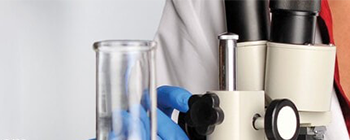Learn More
Invitrogen™ IgG1 Rat Uncoated ELISA Kit with Plates
For quantitative detection of rat IgG1.
$374.00 - $990.00
Specifications
| Target Species | Rat |
|---|---|
| For Use With (Application) | ELISA |
| Storage Requirements | 2°C to 8°C |
| Synonym | Immunoglobulin G |
Description
The Rat Immunoglobulin G1 (IgG1) Uncoated ELISA Kit contains pre-matched antibody pairs, plates, and reagents for performing quantitative enzyme linked immunosorbent assays (ELISA) to detect and quantify protein levels of rat IgG1. Wash Buffer and Stop Solution are needed to complete the ELISA reaction and are sold separately. Principle of the method ELISAs are designed to measure the amount of the target bound between a matched antibody pair. A target-specific antibody is coated to the bottom of the wells of a microplate, which is an overnight process. Samples, standards, or controls are then added into these wells and bind to the immobilized (capture) antibody. A sandwich is formed by the addition of the second (detector) antibody, a substrate solution is added that reacts with the enzyme-antibody-target complex to produce measurable signal. The intensity of this signal is directly proportional to the concentration of target present in the original specimen.
The isotype of a primary antibody and the application it is being used in can result in background staining. Primary antibody background noise can be caused by binding to Fc receptors on target cells; by non-specific interactions with cellular proteins, carbohydrates, and lipids; or by cell autofluorescence. Isotype control antibodies can act as negative controls to help differentiate non-specific background signal from specific antibody signal because they have no relevant specificity to a target antigen. While isotype controls are most commonly used in flow cytometry, they are useful in other applications such as chromatin immunoprecipitation (ChIP), immunohistochemistry, and gel shifts. Isotype controls should match with the primary antibody species and isotype so that the level of specific staining by the primary antibody may be accurately determined. If using directly labeled primary antibodies, the isotype control works best if conjugated with the same label as the test antibody.Specifications
| Rat | |
| ELISA | |
| 2°C to 8°C | |
| Immunoglobulin G |
For Research Use Only



